Class of ‘21 students unearth creativity for social and environmental causes
The events of 2020 reignited a spark in advertising, putting a greater focus on social and environmental issues as brands strive to deliver more purpose-driven narratives. These very issues are also being unearthed among the next generation of student talent, as discovered through The Drum’s ‘Class of 2021’ virtual exhibition, in partnership with Canon, to connect creatives with up-and-coming talent.
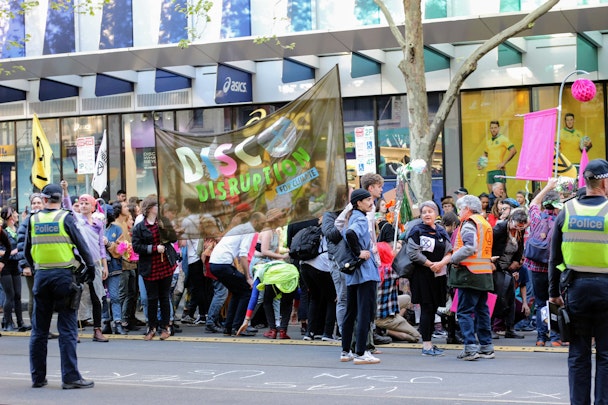
More than 60 pieces of student artwork already feature as part of The Drum’s ‘Class of 2021’
From body positivity to islamophobia and hypervisibility, Scotland’s whitewashed history to the devastating impact of single-use plastics, The Drum caught up with just a few of the Class of 2021 students, who are featured in the exhibition, to find out more about their passions driving this work and their views on how the advertising industry should be doing more to tackle human-interest stories.
"BOPO" - Body Positivity campaign
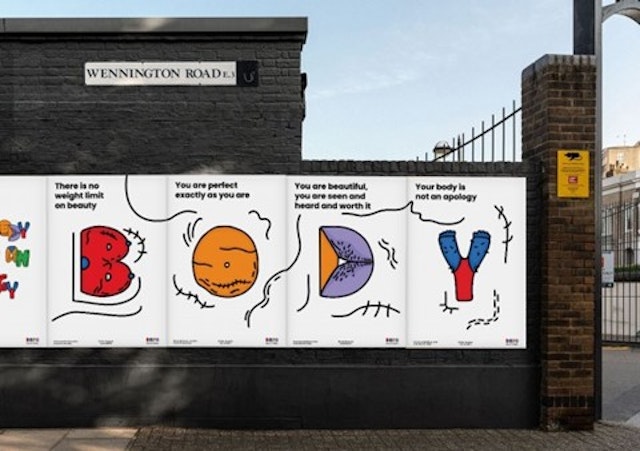
Evelina Barzdaite knew at the beginning of her final major project that she wanted to do a campaign related to body positivity, having experienced body image issues herself. After digging deeper into social media’s negative impact on young adults’ body image issues, exploring topics like Snapchat Dysmorphia, the cultural obsession with retouching pictures, likes and social media filters, she created three outcomes: Body Positivity campaign, Body Discussion app and Body Positivity festival (conference), in which people would talk to each other, have various talks from experts and get to know each other.
“Graphic design is becoming more and more related to social media, and sometimes I feel like certain graphic designers/influencers/companies forget that they might be having a negative impact on people by showing something ideal and unrealistic,” said Barzdaite. “I found myself being particularly passionate about this topic as I got to know about things such as Muscle/Snapchat dysmorphia. It made me think 'bigger' about the issue, and I felt really inspired once I figured out what my outcomes will be. It felt really empowering and something that could come true one day.”
“I definitely think the advertising industry should be doing more in tackling important human-interest stories,” she said. “Such stories have a purpose and a message which makes people think or relate to them. I think we, creatives, have such a big platform to spread positivity and awareness about various issues; it is a shame to waste this possibility as it could actually make a change in society.”
M-power (2021)
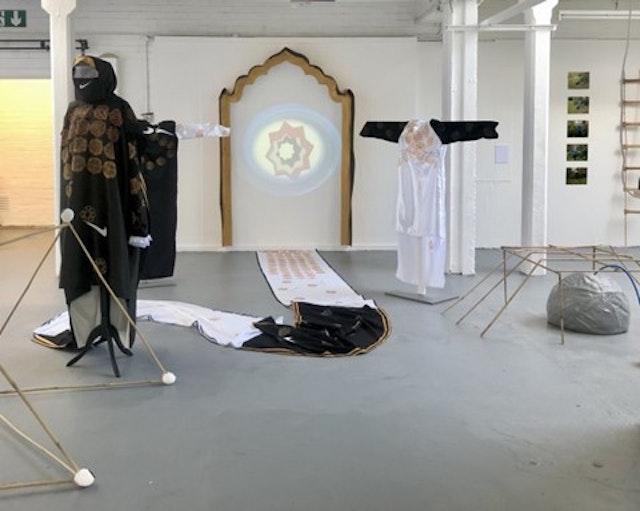
For Halima Hussain, the work ‘M-power (2021)’ started with the idea to create a utopian, futuristic view of fashion, which developed into creating an ideal representation of Muslim women and its modest fashion. Taking interest in concepts such as dystopia and utopia, while making connections between fashion and social issues such as Islamophobia and belonging, Hussain used patterns to communicate and represent her identity visually, inspired by Islamic art and popular western motifs (purposely combined to signify unity and a sense of belonging to western society).
“As a British-Asian Muslim, I enjoy exploring my hybrid identity and utilizing it through art and design,” said Hussain. “I believe it is important to raise awareness on issues such as Islamophobia and hypervisibility - this sense of being overly seen only because of the individual’s identity, while sometimes there’s a point of overshadowing their skills and personality. I feel there needs to be more diversity in the arts and more spotlight on the Muslim community to raise such topics as I believe that art can help tackle these issues. I hope for a positive social change on the negative perceptions and misrepresentations of the Muslim community.”
Reweaving Scotland’s History
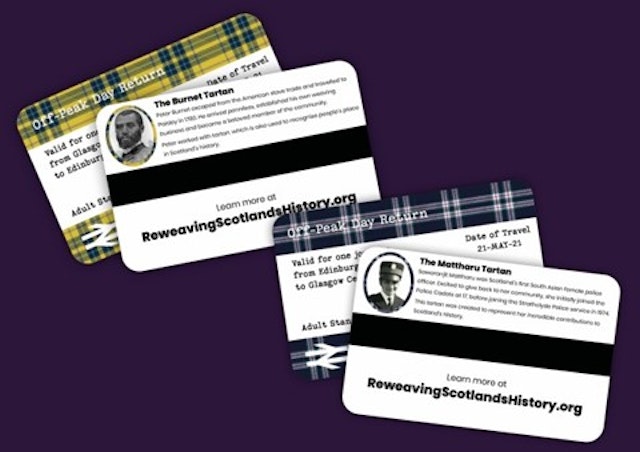
In response to a brief set by the Marketing Society Scotland, Conrad Jones and Grace Cheah were tasked with tackling the issue of Scotland’s whitewashed history – with a particular focus on highlighting the stories of influential black, Asian and ethnic minority families. The campaign focused on the connection between tartan and Scottish family history to open up a conversation and increase the representation of ethnic minority families in Scottish culture by inspiring non-white Scottish families to create their own tartan, while encouraging them to share their stories and history with the world.
“In particular, this topic really resonated with Grace as she comes from a mixed Scottish background, being both white Scottish and Malaysian Chinese,” the creative duo told The Drum. “Ultimately, we wanted to make our project as inclusive as possible to Scottish people from all backgrounds, and make them feel proud to celebrate their Scottish heritage. While we were creating the campaign, we felt that our passion for the issue as a whole helped make our ideas better, and pushed us to develop our work significantly. This piece of work in particular now has a special place in our portfolio.”
“By applying our skills to more social issues, all of us in the industry can help change lives for the better,” they added. “But it’s rare that this change is made into a reality. We’ve seen a wealth of work on social issues from many different junior creatives, but we worry that many of these will remain only as ideas. Regarding diversity, there’s still a lot to be done both within the industry and in greater society. Thanks to conversations among people with different backgrounds and experiences, campaigns become more interesting, effective and creative, so it’s in the interest of the industry to see that representation happens across all groups.”
#2023PlasticFree
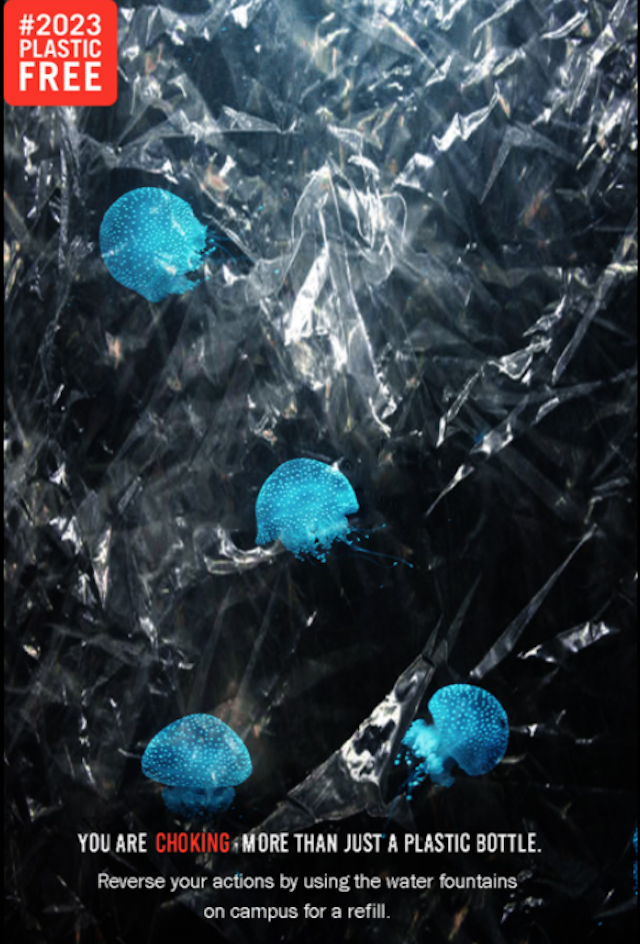
The idea for Nikhita Alex’s ‘#2023 Plastic-Free' poster derived from the insight that “we humans tend to think that our actions don’t have grave consequences reverberating in the depths of our environment,” explained Alex. “All of us are ignorant vis-à-vis with being more efficient when it comes to the usage of plastic, take-outs, etc.”
So, she overlayed a plastic layer on aquatic and terrestrial animals to create a simple, hard-hitting visual poster to communicate that we need to be more considerate and conscious about disposing of plastic bottles and purchasing single-use plastics.
“My posters intend to voice out that with every plastic bottle we throw, we pose a threat to aquatic and terrestrial animals that share the ground we walk on and the seas we swim in,” said Alex. “Social and environmental causes are more appealing as briefs as it is indispensable to notify and constantly remind our community of those things that need immediate attention.
“Companies and institutions should be doing more than just associating themselves with environmental or social causes. They ought to make use of their resources to promote an ethical and altruistic way of living to encourage their customers and even competitors to adopt such a lifestyle. There can never be a surplus amount of representation of social and environmental issues as it is ongoing. Until these issues prevail, it is of utmost importance for the advertising industry to act as an ambassador to these causes.”
From Graphic Design to Advertising, Art Direction to Branding and Digital Design, more than 60 pieces of student artwork already feature as part of The Drum’s ‘Class of 2021’ virtual exhibition, in partnership with Canon. To explore the work and learn more about the students behind each project, register here for exclusive access: /project/class-of-2021/registration/creative.
Content created with:

Canon Europe
As the world’s leading imaging brand, we’re committed to driving advanced technologies and celebrating innovation in image capture, print and other technolo...
Find out more
